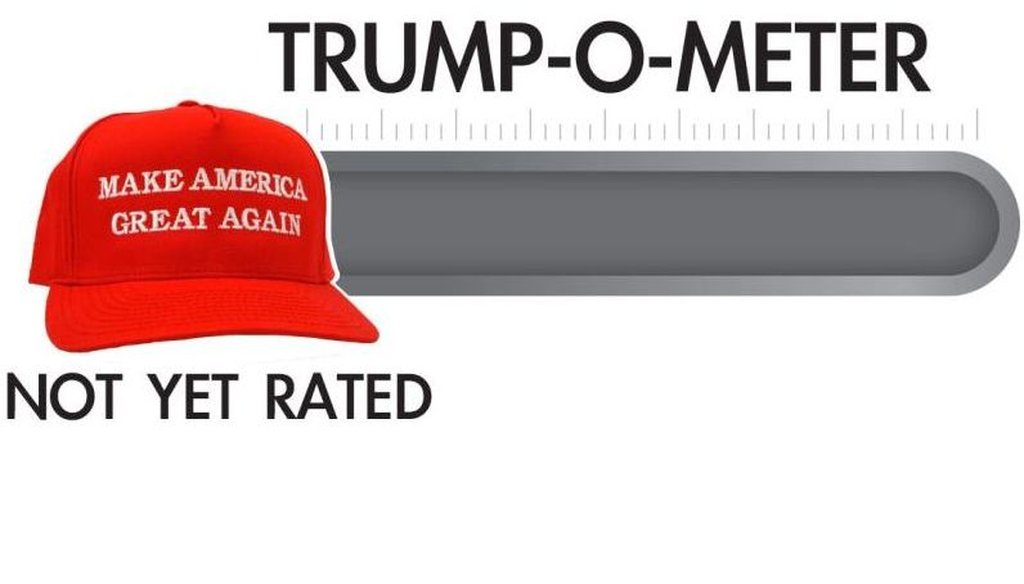Stand up for the facts!
Our only agenda is to publish the truth so you can be an informed participant in democracy.
We need your help.
I would like to contribute
All income groups get cuts early on, but not 'everyone'

Meet the Trump-O-Meter.
As a presidential candidate, Donald Trump pledged to make everyone better off from a tax perspective.
"Everybody is getting a tax cut, especially the middle class," Trump said in an interview during the campaign.
On Dec. 19 and 20, the Senate and the House passed the final version of the tax bill, which will go to the president for his signature.
The bill does give a lot of Americans a tax cut, at least in the early years after passage. But at no point does "everybody" get one.
As we've noted before, every income group on average would pay less in taxes in 2019, according to a nonpartisan analysis of the final tax bill by Congress' Joint Committee on Taxation.
But this doesn't mean that every single taxpayer in each income group will get a tax cut. However, at least early on, there will be far more winners than losers in every income group. For all but the top 1 percent of earners, no income group studied by the Urban Institute-Brookings Institution Tax Policy Center has more than 7.6 percent of its members losing ground under the tax bill in 2018.
Over time, these broad-based tax cuts dissipate, however, due to the sunsetting of some key tax credits and a change in how inflation is calculated.
By 2027, according to the Joint Committee on Taxation, every income group below $75,000 will actually see a tax increase. Only those income ranges above $75,000 will still see a cut by 2027. And according to the Tax Policy Center, only taxpayers higher than the 90th percentile -- that is, those earning about $225,000 and above -- will have better-than-even odds of getting a tax cut in 2027.
That's a significantly different pattern than in the bill's early years.
So the tax bill -- at its start -- does come close to providing tax relief for all income groups, and for most members within each income group. But it's doesn't give a tax cut to "everybody," and by 2027, most taxpayers, including those in the "middle class," will actually be paying more than they would have under the previous law. We rate this a Compromise.
Our Sources
PolitiFact, "What's in the final version of the tax bill?" Dec. 18, 2017
PolitiFact, "Who wins and who loses from the tax bill?" Dec. 19, 2017
Joint Committee on Taxation, "Distributional Effects Of The Conference Agreement For H.R.1, The Tax Cuts And Jobs Act," Dec. 18, 2017
Urban Institute-Brookings Institution Tax Policy Center, "Analysis of the Tax Cuts and Jobs Act," accessed Dec. 20, 2017
Email interview with Patrick Newton, spokesman for the Committee for a Responsible Federal Budget, Dec. 19, 2017
Interview with Joseph Rosenberg, senior research associate at the Urban Institute-Brookings Institution Tax Policy Center, Dec. 21, 2017
